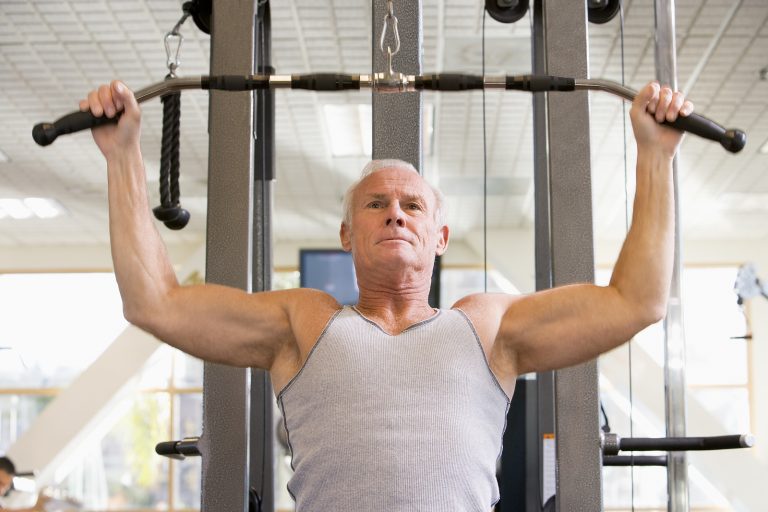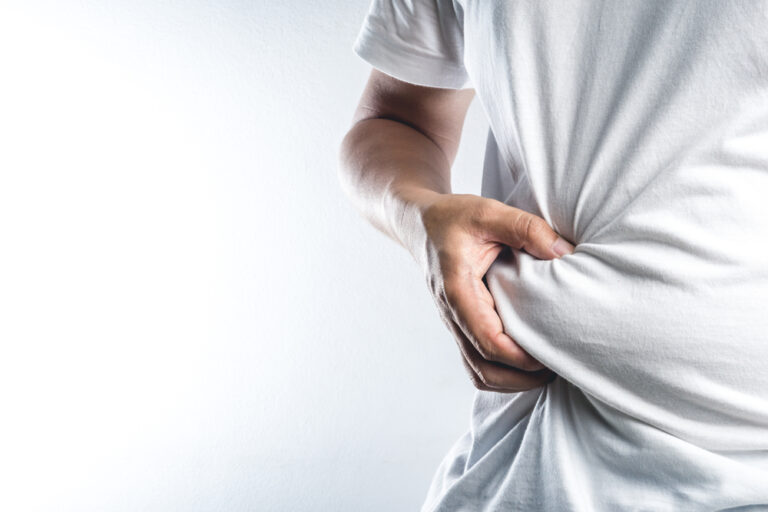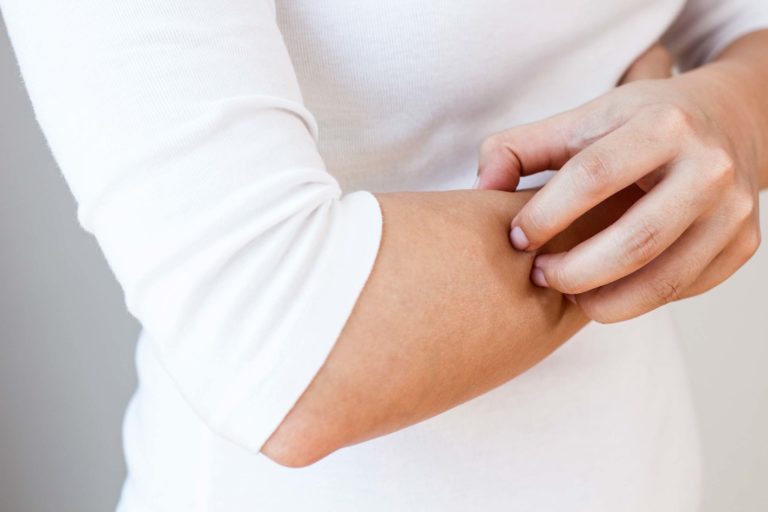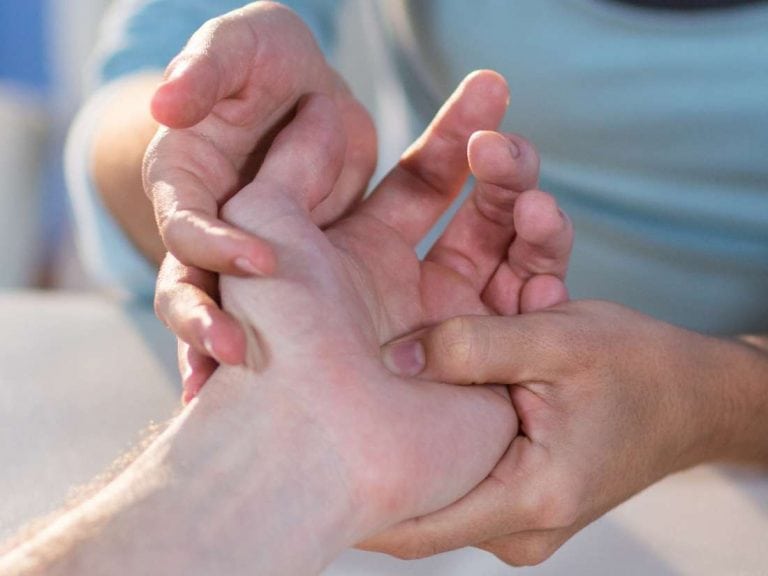
When it comes to back pain, the odds are not in your favor. In fact, more than chest pain, more than breathing issues, more than pretty much everything except the common cold, back pain is the top reason Americans seek health care today. Most orthopedic doctors cite the figure that a whopping 80 percent of Americans will suffer back pain at least once in their life.
And of those 80 percent, one in four experience back pain every three months. What’s more, contrary to popular belief—that throwing out your back is an ailment reserved for the aging crowd—back pain afflicts 18-year-olds just as often as it afflicts 64-year-olds.
So, yeah, the odds aren’t on your side. But the good news is back pain often isn’t serious—and is, in fact, eminently treatable. Ibuprofen, ice, and a respite of bed-rest will do the trick in most cases. Then, it’s on to preventative measures, to ensure back pain never strikes again.
To help out, we’ve collected the 5 most essential life changes you need to make—stretches and secrets to ensure you’ll have a seriously stable spine for good.
Move around more
Stand up to take phone calls or to break up meetings; sitting puts three times the pressure on your disks as standing. Physical therapists have a neat trick to illustrate back pain: Push one of your fingers back as far as is comfortable. Doesn’t hurt, right? Now hold it there for a minute. That ache is what happens when your spine stays in the wrong position for too long.
Stretch your hamstrings
Peter F. Ullrich, Jr., M.D., a retired back surgeon in Wisconsin, suffered 10 years of intermittent back pain. He’s been painless for more than 15 years now, since he began stretching his hams twice a day, morning and night. “If hamstrings are tight, it locks the pelvis in a position and doesn’t allow it to rotate-move back and forth,” he says. “All the motion of daily living goes through the bottom disks. If you get them loosened up, it reverses that process. We don’t see anyone for surgery who has nice loose hamstrings.”
Stay in shape—and don’t smoke
Staying fit means your back and abdominal muscles will be in reasonable shape and getting the oxygen they need to stay healthy, says Christopher M. Bono, M.D., an orthopedic surgeon in Boston. Smoking may impede the blood flow your spine needs.
Go biking
Hybrid bikes—half mountain, half road—allow you to sit upright and maintain the neutral curve of your back. You’ll get in shape and build those crucial glutes.
Do crunches or sit-ups in the afternoon or evening
Your disks are full of fluid in the early morning, so your risk of injury is higher.

























